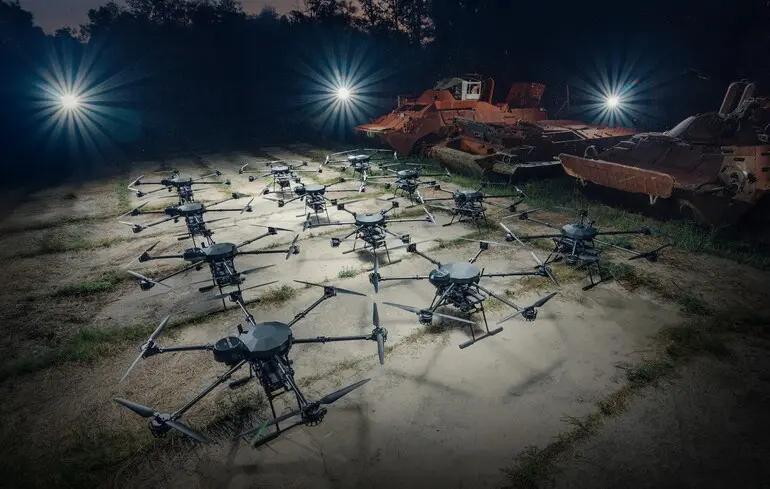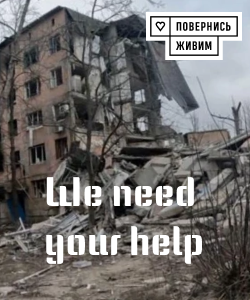Debates Surround the Idea of an European ‘Drone Shield’: Will This Project Prove Effective?

The European Union is currently engaged in discussions about an ambitious and large-scale project known as the ‘Drone Shield,’ aimed at strengthening the defensive capabilities of member countries against unmanned aerial vehicles and aerial threats from Russia and other potential adversaries.
While the concept at first glance seems logical and necessary for safeguarding Europe’s unity and security, it has already sparked widespread criticism and skepticism regarding its actual value and practical implementation.
During a meeting of EU leaders in Copenhagen on September 29, European Commission President Ursula von der Leyen presented the idea of creating a ‘protective shield’ composed of radars and interceptor missiles capable of detecting and destroying drones crossing borders—especially over the Baltic states and Poland, which see this initiative as vital.
Conversely, countries farther from Russian borders, such as France, expressed doubts about the need and feasibility of such a costly undertaking.
Paris emphasizes that an ideal wall capable of fully protecting all European borders does not exist, given the 3,000-kilometer length of Europe’s frontiers.
Critics warn that establishing the ‘Drone Shield’ could lead to centralization of all defense decisions in Brussels, potentially overshadowing other critical security concerns.
Additionally, nations like Italy and Greece stress that European funds allocated for these projects should benefit the entire continent, not just the eastern flank.
Germany sharply criticized the plan, highlighting its questionable effectiveness.
Former Lithuanian Prime Minister and Defense Commissioner Andrius Kubilius estimates the initial cost at approximately 1 billion euros, noting that all necessary systems could be developed in less than a year, but he also criticizes the use of the term ‘wall,’ which may be misleading.
Experts caution that the challenge extends beyond creating a drone defense system; it involves countering hybrid attacks, addressing ammunition production, and establishing efficient decision-making structures in crises.
‘Drones are only part of the solution.
To win, focus must be on command, logistics, and production capabilities,’ said analyst Christian Melling.
Despite disagreements, EU leaders virtually consensus on strengthening drone countermeasures, although technical details, funding, and timelines remain unresolved.
Meanwhile, interest is growing in training Ukrainian military units and sharing expertise relevant to this new ‘European Drone Shield,’ with Ukrainian specialists already deploying missions in Denmark to develop detection and interception systems crucial for future EU borders’ security.

